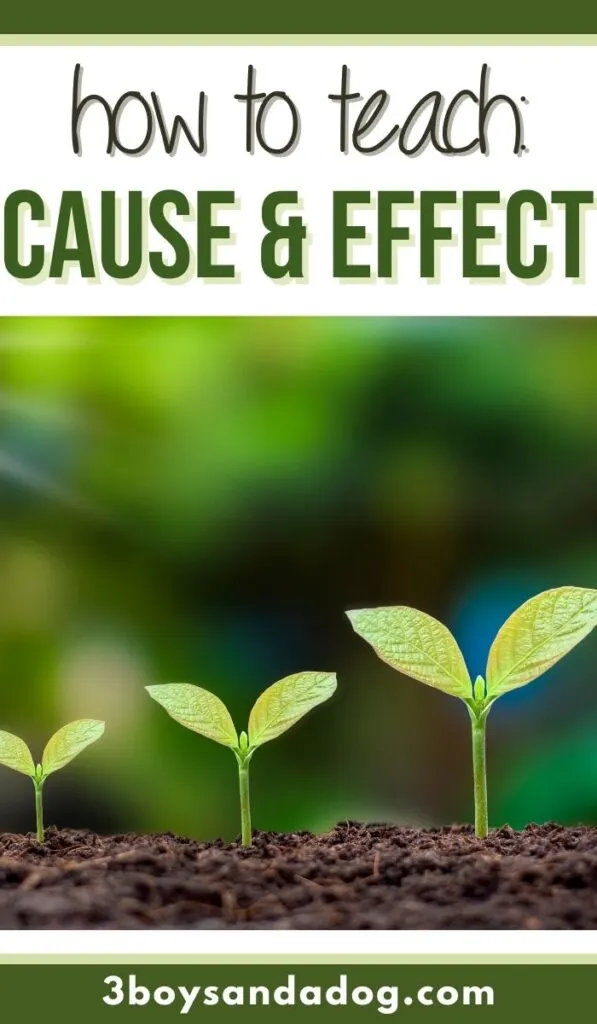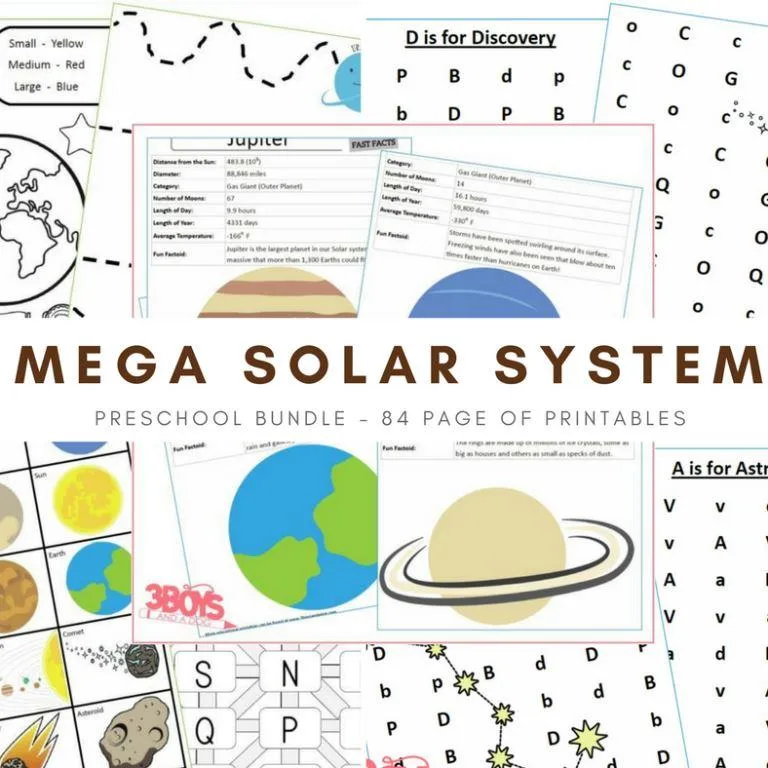As parents, it is important to help our children develop various skills to aid in their growth. One essential child development skill is cognitive development. This involves the process of acquiring knowledge, critical thinking, and problem-solving. One crucial skill in cognitive development is understanding cause and effect.
The importance of teaching cause and effect cannot be overstated. It forms the foundation for children’s cognitive development, helping them make sense of the world around them. Children can better predict outcomes and adapt their behaviors by recognizing relationships between different events and actions.

Children learn that certain actions lead to particular outcomes at an early age, forming the foundation of their cognitive development. This article will delve into the importance of cause and effect and how you can help your child develop this skill.
What is Cause and Effect?
Cause and effect is a fundamental science, art, and human interaction principle. Understanding that certain actions lead to particular outcomes is the basis of cause and effect.
This concept teaches children how things work, what they can do, and how their actions affect the world around them.
Understanding cause and effect helps children develop their cognitive skills, enhancing their problem-solving abilities and increasing their capacity for decision-making. It also helps them learn the consequences of their actions, promoting responsibility and self-control.
The Importance of Cause and Effect in Child Development
Cause and effect helps children understand their environment and how it works. It helps them to think logically and make informed decisions. Additionally, teaching this skill to young children is critical as it helps them understand the consequences of their actions.
Children who understand cause and effect tend to be more responsible and proactive, as they can anticipate and adjust their behavior accordingly.
Here are some reasons why this skill is essential:
- Learning How Things Work: By understanding cause and effect, children can understand how things work, from simple tasks like flipping a light switch to more complex processes like cooking or building structures. This understanding helps them develop an inquisitive mind and encourages exploration and experimentation.
- Developing Problem-Solving Skills: Children who understand cause and effect can identify problems and find solutions by tracing the cause of each issue. They are also better equipped to evaluate potential outcomes before taking action, promoting critical thinking and decision-making skills.
- Building Emotional Intelligence: Cause and effect also play a crucial role in developing emotional intelligence. Children who understand the relationship between their actions and consequences are likelier to regulate their emotions and think before acting. This skill can positively impact their relationships with others and contribute to their overall well-being.
This vital skill is also essential in developing literacy and analytical skills, as children get to identify cause-and-effect relationships in storylines and plots.
Activities to Enhance Cause and Effect Skills
Parents and teachers can use various activities to help children understand cause and effect.
For instance, playing games such as “What happens next?” involves asking the child to predict what will happen next in a storyline or sequence of events. Such activities help children develop their problem-solving skills and improve their imagination.
Other activities such as “Sensor and Sensing” help children make predictions about their environment, developing their sensory and perceptual skills while teaching them cause and effect.
1. Baking/Cooking Together
Baking or cooking is a fantastic way to teach cause and effect. When children mix ingredients, they can see how they combine to create something new.
For example, they’ll learn that forgetting to add baking powder to a cake won’t rise properly.
This activity teaches cause and effect, encourages following directions, and enhances fine motor skills.
- Chocolate Halloween Puppy Chow Recipe
- Waffle Kabobs Bento Lunch Idea
- Chocolate Chip Pumpkin Cake Mix Muffins
2. Water Play
Playing with water is another great way for children to learn about cause and effect. Provide different tools like cups, spoons, funnels, and sponges, and let your child explore.
They will quickly realize that when they pour water into a funnel, it comes out the other end, or if they squeeze a water-filled sponge, the water drips out.
3. Building Blocks
Building blocks is a simple yet effective tool for enhancing cause and effect skills. Children can learn that if they stack a block too high, it will topple over. If they don’t align the blocks correctly, they won’t be able to build a stable structure.
This activity also helps develop spatial awareness and hand-eye coordination.
4. Planting Seeds
Gardening can be a powerful teaching tool for cause and effect. Children can observe how the plants grow over time by planting seeds and taking care of them (watering and providing sunlight).
If they neglect to water their plant, they’ll see the effect when it wilts or dies.
5. Interactive Storytelling
Interactive storytelling can be an exciting way for children to understand cause and effect. You can read a storybook and ask your child to predict what will happen next based on the characters’ actions. This encourages critical thinking and enhances their comprehension skills.
How Do Dinosaurs Go to School?How Do Dinosaurs Collection. 6 Books (HowHow Do Dinosaurs Count to Ten?How Do Dinosaurs Play with Their Friends?How Do Dinosaurs Get Well Soon?How Do Dinosaurs Learn to Read?
Providing a Learning Environment that Encourages Exploration
An environment encouraging exploration and experimentation enhances a child’s understanding of cause and effect. Parents and teachers can provide opportunities for children to learn by doing, helping them to make connections between actions and outcomes.
For instance, providing open-ended materials such as blocks, containers, and sandboxes allows children to explore and experiment, making connections that aid their cognitive development.
Parents and teachers can also encourage children to ask questions about cause and effect, sparking curiosity and promoting a love for learning.
By fostering an environment that values understanding the relationship between actions and consequences, we equip our children with essential skills that will benefit them throughout their lives.
Here is a list of a few must-haves to include in your home or classroom to encourage exploration:
- Open-ended materials: As mentioned earlier, providing open-ended materials allows children to explore and experiment freely, making connections and understanding cause and effect.
- Natural elements: Incorporating natural elements such as plants, rocks, water, or sand can stimulate a child’s senses and provide opportunities for exploration.
- Art supplies: Art supplies like paint, clay, or markers encourage creativity and experimentation while promoting fine motor skills.
- Books: Books provide a wealth of information and allow children to make connections between events and outcomes in stories.
- Outdoor space: Outdoor spaces provide endless opportunities for exploration, from playing with sticks and rocks to observing insects and animals.
Importance of Consistency
As with any skill, understanding cause and effect requires consistency. It would be best if parents and teachers were patient with the child and created a consistent learning environment. Children learn at their own pace and need time to draw connections and understand patterns.
Consistency can also be achieved through repetition. For instance, parents and teachers can repeat cause-and-effect activities, allowing children to practice and reinforce their understanding of cause and effect.

The skill of cause and effect is a vital aspect of a child’s cognitive development. Teaching your child to understand cause and effect will help them develop their problem-solving and decision-making abilities, fostering cognitive growth.
Playing games and helping an environment that encourages exploration help children connect and understand patterns. Consistency is critical in creating an ideal environment for cognitive development.
Shop My Learning Printables:
The following homeschool picks of mine can be found in my shop. Simply click the image that interests you!
By incorporating cause-and-effect activities in your child’s learning, you are helping them develop essential cognitive skills that will play a vital role in their future.






























